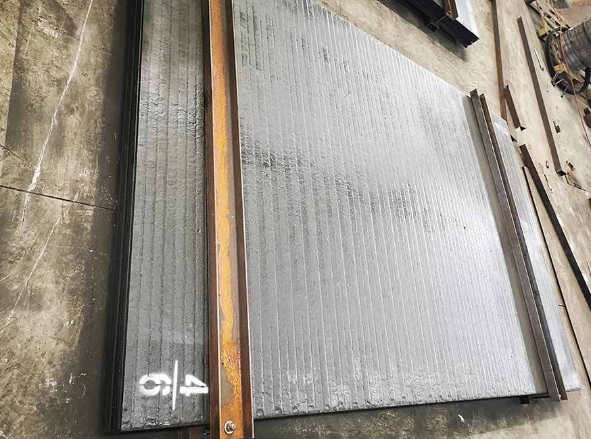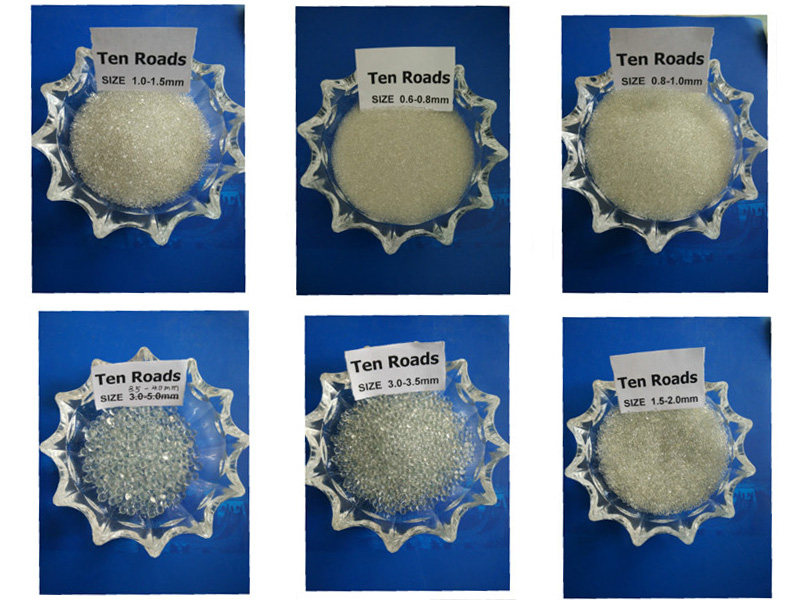What Are Wear Plates Used For?
In the world of heavy industries and abrasive environments, wear plates emerge as unsung heroes, diligently extending the lifespan of equipment and machinery subjected to relentless wear and tear. These unassuming yet vital components play a pivotal role across various sectors by fortifying structures against abrasion, impact, and corrosion. From mining to manufacturing and construction to energy, wear plates prove to be indispensable shields that enhance durability and bolster operational efficiency.
Mining and Quarrying: Shielding Against Earth's Forces
In the demanding domain of mining and quarrying, wear plates serve as armor for equipment that faces the earth's formidable forces. Bulldozer blades, excavator buckets, and conveyor systems used in mining operations are exposed to abrasive materials, causing rapid wear. Wear plates act as resilient barriers, absorbing the brunt of abrasion and ensuring that expensive machinery remains functional for extended periods. By mitigating wear-induced damage, wear plates play a key role in reducing maintenance costs and minimizing downtime.
Manufacturing and Processing: Prolonging Machinery Life
Manufacturing facilities often involve the movement of raw materials and products, leading to wear and material degradation in equipment. Wear plates find their place in chutes, hoppers, and other material handling systems, where they shield surfaces from both abrasion and corrosion. Industries such as steel production, cement manufacturing, and chemical processing benefit from the enhanced longevity of equipment components, leading to improved operational reliability and reduced production interruptions.
Choosing the Right Mesh Filters: Factors to Consider
What is Cold Rolled Stainless Steel?
Construction and Infrastructure: Strengthening Built Environments
In the realm of construction, wear plates are integral to creating robust structures that can withstand the test of time. Heavy construction equipment like loaders, scrapers, and graders utilize wear plates to protect vital parts from wear, enabling consistent performance on construction sites. Moreover, in infrastructure projects involving bridges, roads, and buildings, wear plates are incorporated to fortify critical components against the effects of traffic, weather, and other external factors.
Energy and Power Generation: Safeguarding Critical Elements
In the energy sector, wear plates play a crucial role in maintaining the integrity of power generation equipment. Components exposed to abrasive materials, high pressures, and corrosive substances, such as pipes, valves, and turbines, rely on wear plates to prevent premature deterioration. By mitigating the effects of wear and corrosion, wear plates contribute to the safety and reliability of energy production systems.
Transportation: Resilience On the Move
Even in the transportation sector, wear plates silently contribute to the efficiency of logistics and cargo handling. Commercial vehicles, trailers, and shipping containers incorporate wear plates to protect against abrasive loads, impact damage, and material buildup during transit. This translates to reduced maintenance costs and extended lifespans for these essential transportation assets.
Conclusion: Silent Guardians of Industrial Endurance
Wear plates, often overshadowed by the machinery they protect, embody the spirit of resilience and longevity in industries where durability is paramount. From earth-moving operations in mining to the bustling assembly lines of manufacturing, wear plates serve as a testament to human innovation meeting the challenges posed by harsh environments. Their ability to endure abrasion, impact, and corrosion ensures that critical machinery and structures remain operational, contributing to increased productivity, cost savings, and enhanced safety. As industries evolve and demand more from their equipment, wear plates will continue to play an indispensable role in reinforcing the backbone of global industrial progress. We are a wear resistant plate supplier. If you are interested in our products, please contact us now!




